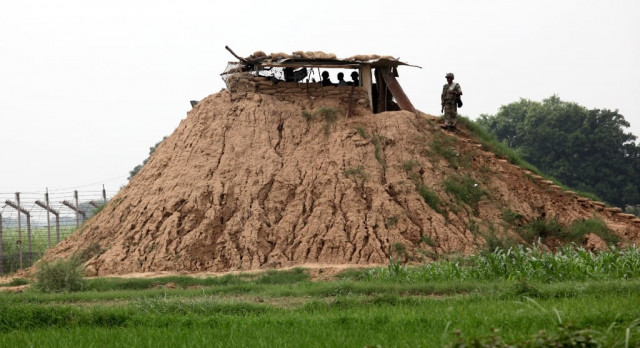Cross-border firing
It is not a bad idea that military officials on both sides keep a hotline & talk down any problem that may arise.

Cross-border firing
The skirmishes prompted villagers living close to the border to leave the area. Aside from the more prominent, headline-grabbing incidents, the minor ones keep taking place at regular intervals, which keep the border guards on their toes. After last year’s truce was violated on July 20, Punjab Rangers released data that puts the total of working boundary violations to 75 since the year 2011. Three people have lost their lives during the violence while at least 48 people have been injured in the last three years. The incident took place on July 20 when Indian troops resorted to unprovoked firing in the Charwa and Harpal sectors along the border in Sialkot. The Punjab Rangers DG visited the affected locations in the Harpal and Sajeet Ghar sectors of Sialkot the next day where he was updated on the recent Border Security Force firing on the posts and border villages.
It is no small mercy that despite such a large number of border violations, no major conflict erupted in their wake. But these small episodes still serve to keep bilateral ties hostage to belligerence and hinders efforts at thawing the icy relationship. Already, efforts by Islamabad to resume what had come to be known as composite dialogue have been thwarted by India’s insistence on quick conclusion of the Mumbai trial. It would be prudent for both the neighbours to at least keep the guns on their border silent, so that progress can be made towards resolution of all outstanding issues, including Kashmir. To that end, it is not a bad idea that senior military officials on both sides keep a hotline and talk down any minor border problem that may rear its head.
Published in The Express Tribune, July 24th, 2014.
Like Opinion & Editorial on Facebook, follow @ETOpEd on Twitter to receive all updates on all our daily pieces.














COMMENTS
Comments are moderated and generally will be posted if they are on-topic and not abusive.
For more information, please see our Comments FAQ